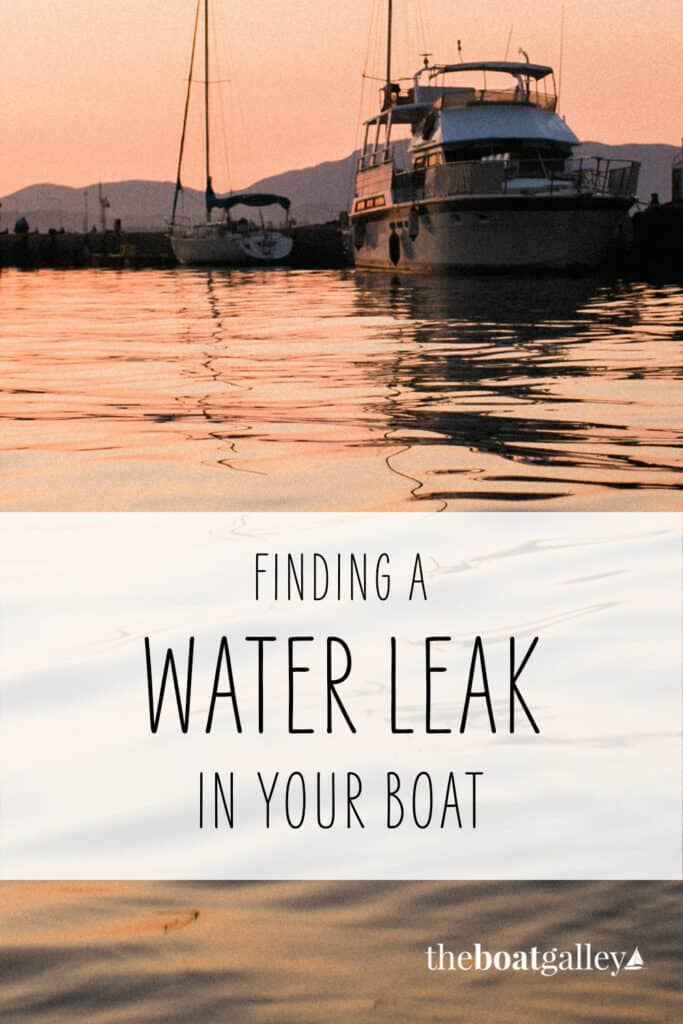
Well, this week was “interesting” to say the least.
Wednesday we went from the Berrys to the Bight of Abaco in the Bahamas. We had a glorious sail most of the way, then began motoring as the winds got lighter and lighter. Just as we were talking about what a perfect day it had been, our bilge alarm went off. Checking, I discovered about an inch of water in the port bilge, which had been totally dry just an hour before.
We immediately went into our emergency mode with one of us (usually me) running the boat and standing by to help as needed, and the other (usually Dave) investigating the problem.
First check: saltwater? Yes. Water was coming in the boat. Dave’s next concern was where the water was coming from and how fast was it coming in. He quickly checked all the thru hulls and where we’d glassed over former thru-hulls. No problems. Five minutes or so had passed, and the water was not appreciably higher. Whew. The bilge pump hadn’t even kicked on yet, so we felt that we were not in immediate danger of sinking.
As I motored to our anchorage, Dave tore into the boat, found water in another locker and finally discovered it was coming from the bridge deck, under the cockpit sole but above the waterline. Our initial suspicion was a hull crack above the waterline that waves were getting into. Unfortunately, this area is almost impossible to check from inside of the boat.
As soon as we anchored, I got in the water and examined the underside of the bridge deck. Nothing suspicious. Further, once we shut the engine down, the water tapered off. A-ha! If we didn’t run the engine, we didn’t have a problem.
After cleaning up the water – over 30 gallons — we talked. We were in a very remote and exposed anchorage, and it didn’t seem like it was going to be a quick fix as we still hadn’t found the problem.
Since we could sail without water entering the boat, our priority had to be getting to a safer anchorage, preferably near a source for parts. We got updated weather forecasts and decided to go about 75 miles to Green Turtle Cay, where there is a boatyard.
We’d have to navigate two narrow, shallow channels to exit the Bight of Abaco, but the forecast S wind made it possible. And we’d have another narrow channel to get into White Sound at GTC – the wind direction was also favorable. We also knew that in an emergency, we could run the engine – we’d just have to clean up a mess again.
We had two beautiful sailing days and the winds were perfect for all three channels (see our tracker). We’re now on a mooring ball in White Sound.
To be honest, the troubleshooting has not been straightforward. After several hours of work, we determined that the water was coming from the engine compartment. Several more hours isolated the general area it was coming from – of course, the area that is hardest to access or even examine. After removing a few parts, we could finally see the culprit: a broken hose clamp on the transmission cooler. Yes, sometimes boat work goes that way: over 12 hours of work just to find the problem. And due to the difficult location, it took about six hours to replace the clamp. But the sense of accomplishment? HUGE.
Unfortunately, things like this happen. Several points that I want to make:
- Having a bilge alarm (see my post about ours) was critical. Sometimes it’s a pain, sounding an alarm if I accidentally spill a bit of water in the galley. But overall, well worthwhile.
- Staying calm and each taking part of the work when the problem first appeared. We know who is better at what!
- Years of sailing experience and racing engineless boats gave us confidence in our ability to get through the narrow channels.
- Once we knew we weren’t in immediate danger of sinking, stopping and evaluating our next moves.
- On any boat, there is going to be some part that has to be replaced and is virtually inaccessible. Persistence. Teamwork (it took my smaller hands to change the clamp in the tiny space available). You CAN do it!
Be sure to subscribe to The Boat Galley newsletter to keep up with what we’re up to and get helpful tips and encouragement from the water.

Quickly find anchorages, services, bridges, and more with our topic-focused, easy-to-use waterproof guides. Covering the ICW, Bahamas, Florida, and Chesapeake.
Explore All Guides

Carolyn Shearlock has lived aboard full-time for 17 years, splitting her time between a Tayana 37 monohull and a Gemini 105 catamaran. She’s cruised over 14,000 miles, from Pacific Mexico and Central America to Florida and the Bahamas, gaining firsthand experience with the joys and challenges of life on the water.
Through The Boat Galley, Carolyn has helped thousands of people explore, prepare for, and enjoy life afloat. She shares her expertise as an instructor at Cruisers University, in leading boating publications, and through her bestselling book, The Boat Galley Cookbook. She is passionate about helping others embark on their liveaboard journey—making life on the water simpler, safer, and more enjoyable.



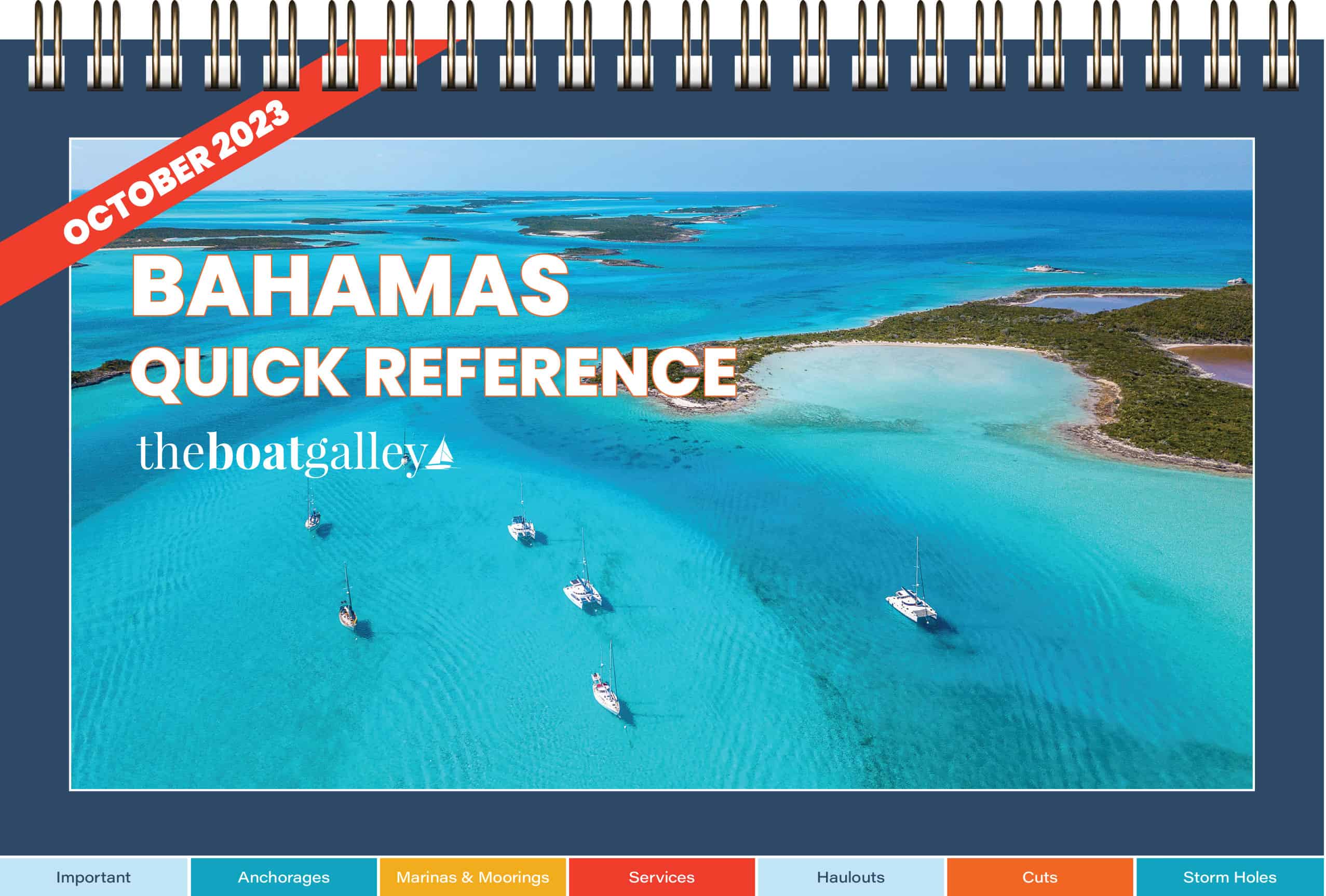
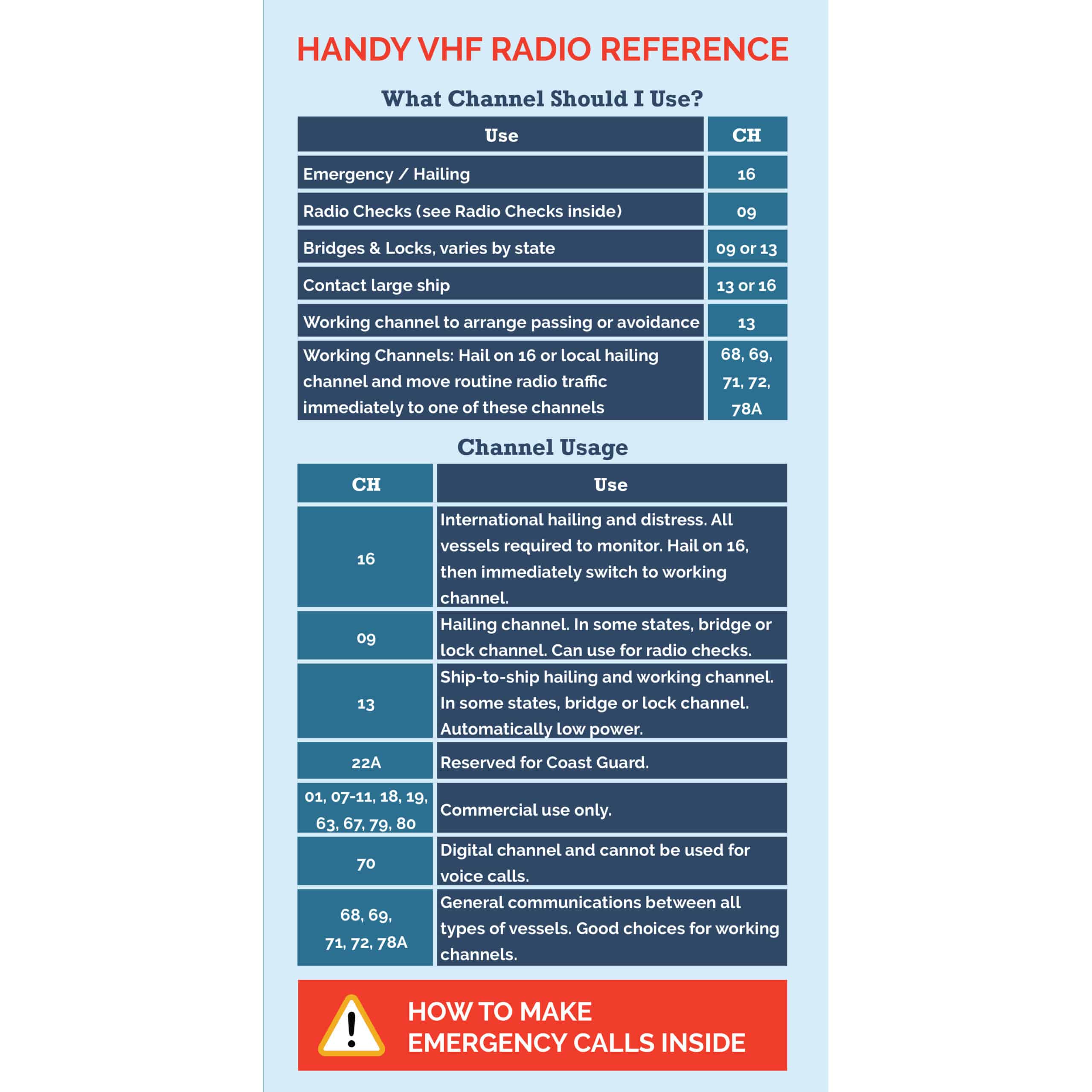



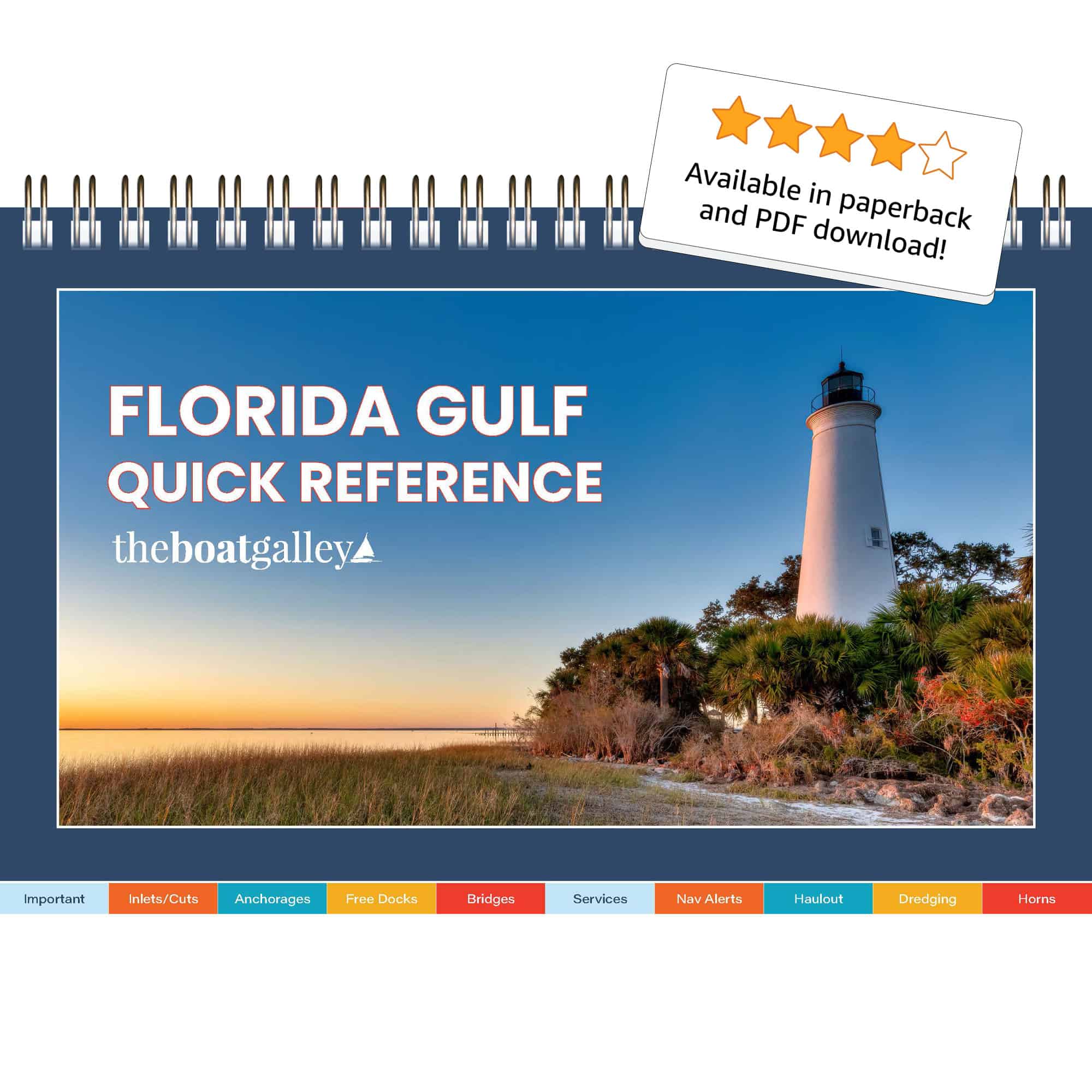
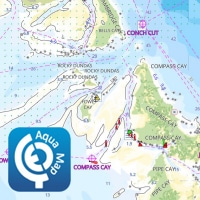
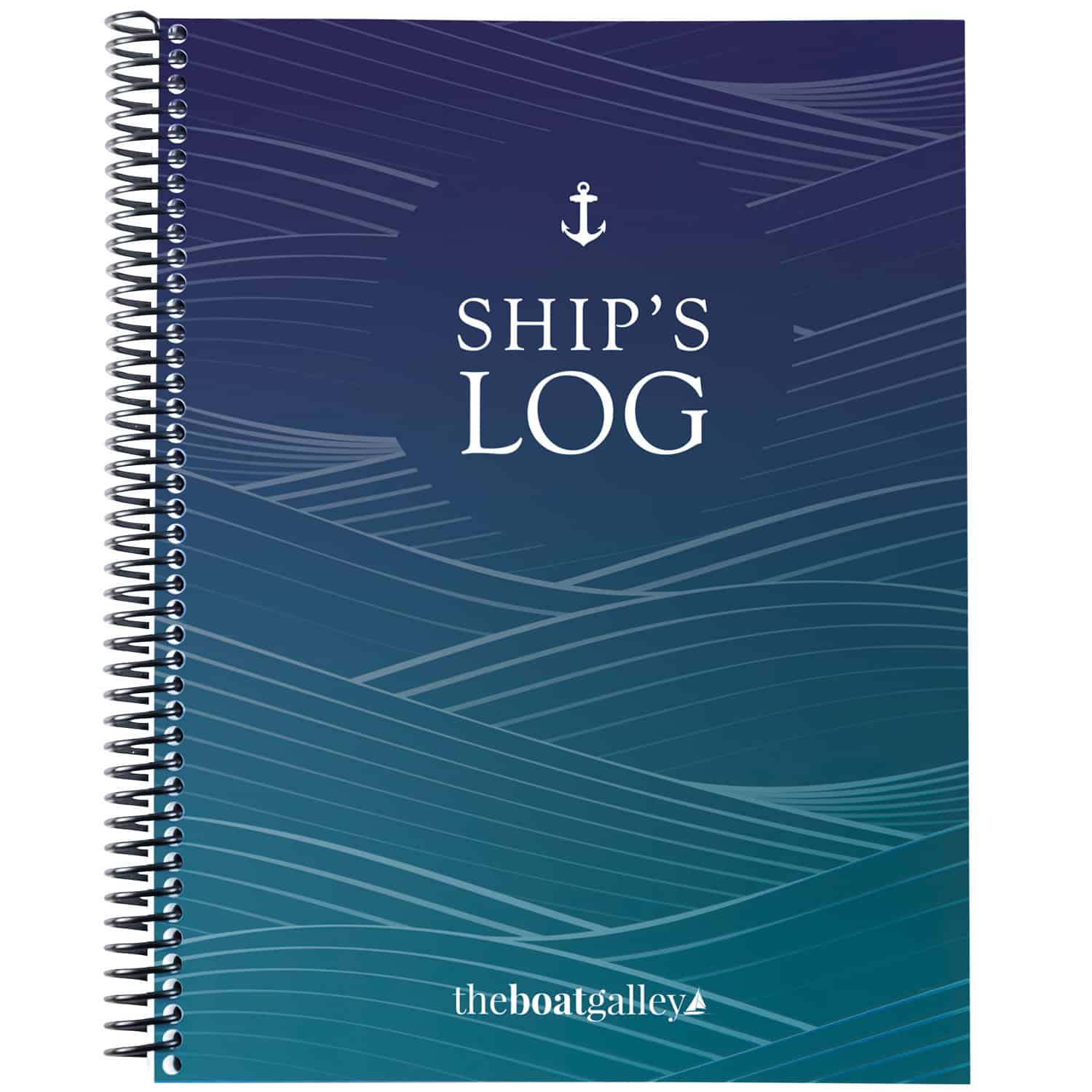
Leave a Reply